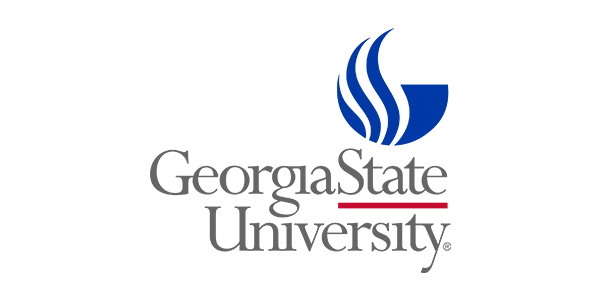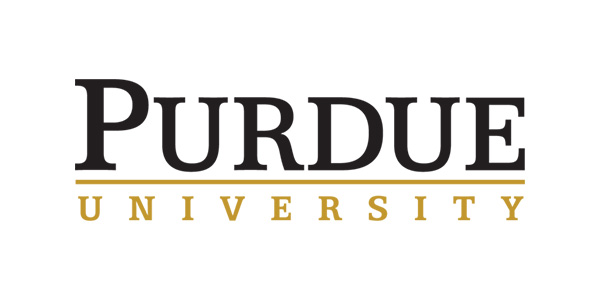How Big Data Can Supercharge Your Educational Institution Marketing

Feature Images Source: iStock.com/sorbetto
Every day approximately 2.5 exabytes of data is generated due to the rise in the usage of internet-powered devices. This insane amount of information (that is complex and diverse) needs to be collected, recorded, analyzed and used in the best possible way. Over the recent years, big data has proved to produce highly descriptive data sets that help educational institutions such as schools, colleges and universities plan and manage their marketing with a higher return on investment.
As compared to a conventional marketing plan based on limited quantitative and qualitative information, big data gives a thorough insight into the people and the institute itself. We see educational institutions using data analytics to understand and help their stakeholders, and consequently improve marketing strategies.
1. Marketing Educational Institutions
Marketing a continuous process that lasts till the entire buyer’s journey is complete and is ready to begin again. Among the different types of marketing, I am interested in two at the moment: internal and external. It is equally important to attract new stakeholders to join the team and to continuously groom them and your institute. Educational institutes will need marketing strategies to attract, convert, close and delight students, staff members and shareholders. This builds a positive image of your institute and ranks its positioning better among the target audience.
Let’s explore how big data plays a role in boosting educational institution marketing with examples.
2. Student Retention Plan
As of 2011, Georgia State University began using big data and analytics to retain students and help them complete their bachelor’s degree. Prior to this strategy, one in three undergraduates didn’t graduate within four or six years according to the National Center for Education Statistics, US. After the realization, the university built a system to track student’s decisions, and on the basis, predict their academic success. The data included patterns regarding course sign up, attendance records and over all grades. As a result: the time to graduate lessened, there were comparatively less drop-offs, and it saved $15 million in tuition fees in 2016 as per Mark Becker, the institute’s president. Becker says with big data the university can personalize education-related experiences. Don’t you think this is a unique selling proposition to charm future pupils? I think personalization is a great way to eradicate generalization, and this stresses the notion “I am not like others.”

Image Source
3. Student And Staff Performance Tracking
Big data evaluation can help universities conclude the future of each individual. By plotting data points regarding students’ grades for example, the institute (with the help of predictive analysis) can determine who will fail or thrive and who needs extra help to up their game. The Wichita State University in Kansas implemented data analytics suite offered by IBM to plot data points regarding grades, enrollment, work hours and other factors to help students and faculty progress with tailored recommendations based on prescriptive data sets. Only a few organizations understand that performance of staff and student affect their brand image in the market. Wouldn’t you consider attending a university that can guarantee you success with proofs and case studies? Testimonials and case studies can be added on websites to motivate prospective students to enroll.

Image Source
Also Explore: College Websites With Interactive User Experience
4. Diversity In Student Demographics
One fine day Saint Louis University realized that half of their undergraduates were from Illinois and Missouri. They felt the urgent need to diversify their demographic. When traditional door-to-door type marketing didn’t work, the institute took help from data analytics. They collaborated with two organizations: The College Board and American College Testing (ACT) to garner data points derived from answers of questionnaires filled by test takers. It contains information regarding their preferences about type of university they wanted to study in. With these data points, the university could recruit students with targeted online marketing in specific regions. As a result, only one-third of the university students were from Missouri and the rest were from different geographical areas. Other ways for data mining is via the internet through website and social media. Studying behavioral patterns based on geo-location can also help such educational institutes with targeted marketing.

Image Source
5. Unbelievable Big Data Courses
One of the smart ways to market your educational institution is to offer hard-to-resist and contemporary courses that’ll prepare students for the future. The Columbia Journalism School came up with the idea to Master of Science (MS) in data journalism, which will train students to “derive stories from data sets” according to the institute. In a world as such where hyper-realism, algorithms, artificial intelligence and big data are rapidly becoming the basis of everything from health to education or entertainment to journalism – a course like this (although super expensive) has the potential to tantalize at least the upper-class sector of the society. Let’s call this one “luxury marketing” or “elite marketing” because of its sheer price. In case you’re eager to know, it costs around $100,000 for three to four semesters. It is yet to see what the conclusion of this will be and will any other university top this idea. How about it Buzzfeed? Another ‘worth it’ video idea.

Image Source
6. Drop-Out Rates Droop
For an educational institute, a high drop-out rate is as undesired as an employee turnover rate in a company. Both represent weakness and affects the brand image in a negative manner – generally it suggest unreliability and bad quality. There are several reasons for drop-outs and the aim of Purdue University is to counter the ones related to academics at least. They developed a system called Course Signals, which combines predictive models with data mining to signal problems. An algorithm tracks students’ profiles, record key data points and provide solutions. It helps them predict both behavioral and academic issues, and is shared with respective teachers and affected students. While the idea ensures students fully avail their potential, it also prevents dropouts. A fall in drop-out rates is a good statistics to share with your target audience for marketing purposes. It’ll be cool if the copy read “0% dropouts” for a change.

Image Source
7. Better Targeted Marketing
With the help of smart algorithms and big data, search engines (Google) and social media websites (Facebook) are increasingly getting better at providing the right advertisement and marketing story about an educational institute to those who are in search of such information. It can be used by universities and schools to know their target audience better, derive courses that are helpful to them, and then shape their offerings. From social networking platforms alone, a lot can be gathered – such as location, language, age, education, experience, thoughts and ideas, likes and dislikes. Doctoral Researcher Dean Hristov of Bournemouth University asserts that big data can help institutes identify current trends and forecast the future in favor of students and themselves.
With the passage of time, your audience has grown. Internet has blown the proportion of your target market from local to global. This means that a simple spreadsheet won’t help us make plans, we need specialized systems that can collect, record and analyze information of any nature. It is important to understand that the mass audience of today is not in favor of traditional outbound marketing methods. This is why educational institutes of all sorts need to develop innovative and creative methods to a) personalize marketing, b) provide individual solutions, c) improve product quality, and d) be present there where their market is.
How else can big data be used in educational institution marketing? Share your ideas.


